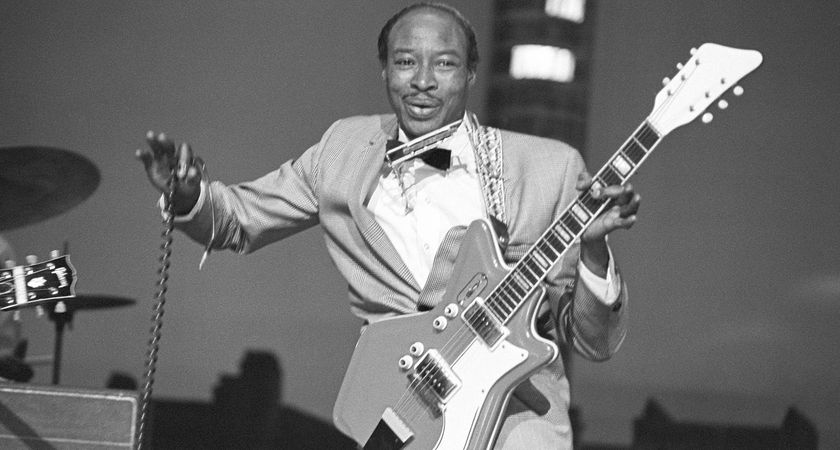How to navigate the fretboard freely by incorporating position shifts across multiple strings
Let Andy Timmons pull yourself out of the "positional" frame of mind and free up your fretting hand for solos
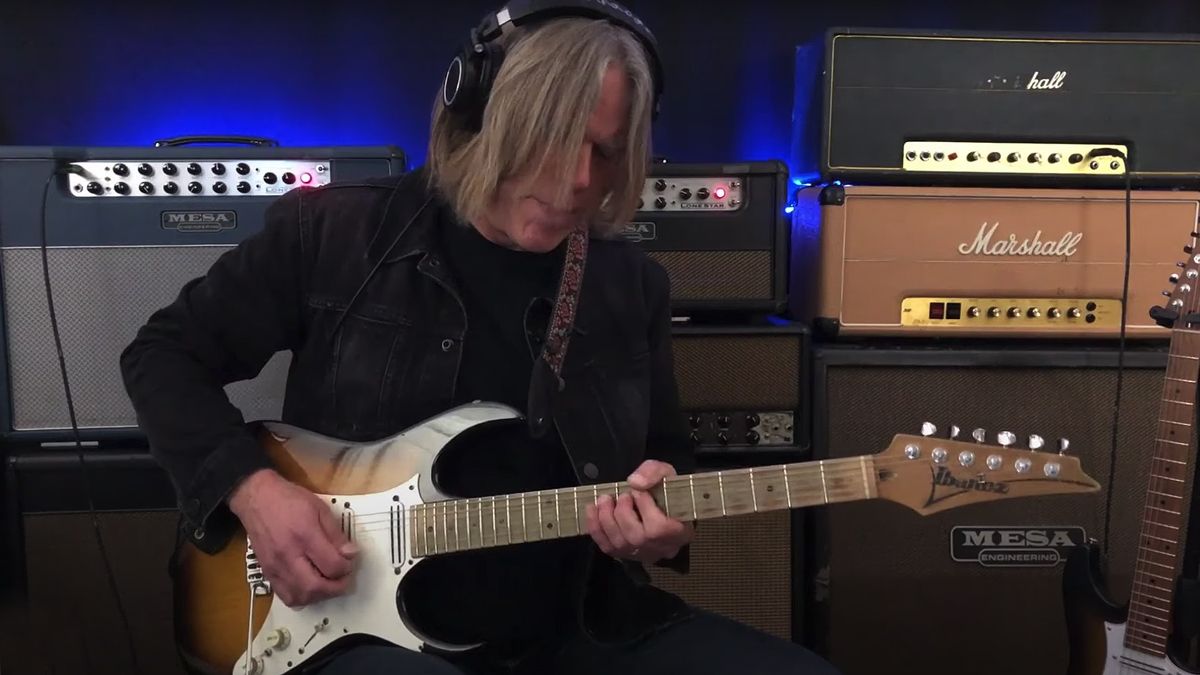
In the last few columns, we focused on the concept of horizontal playing – moving up and down a single string while improvising. In my experience, I find that taking this approach will immediately pull one out of the “positional” frame of mind and will encourage players to connect, aurally as well as physically, to the improvised lines they create.
The next logical step is to combine those positional shifts that the single-string approach presents with string crossing, striving to attain a sense of “freedom of navigation” and an ear for musicality.
This month, the track we are using to solo over comes from my TrueFire In The Jam series. We’re in the key of E minor, and the chord progression is Em7 - A7 - Em7 - A7 - Cmaj7 - B7 - Cmaj7 - B7. Along with a “global” awareness of the proper scales to play over this entire progression, it is much more important to me for the melodic lines to connect to each chord.
It is the chords themselves that will tell me which notes will hold the strongest connection and which ones will serve as passing tones between specific chord tones. Globally, the lines over the Em7 - A7 changes could be based on the E Dorian mode (E, F#, G, A, B, C#, D). Figure 1 presents a series of phrases based on this mode.
When the progression shifts to Cmaj7, the C# note, which is the major third of A7, needs to be flatted one half step, to C natural. This changes the mode to E Aeolian, also known as the E natural minor scale (E, F#, G, A, B, C, D), reflected by the lick shown in Figure 2.
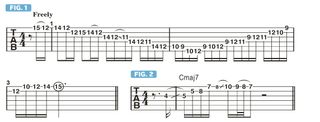
When I’m writing a piece of music, I like to come up with a chord progression that will offer melodic twists and turns with just a slight shift in the overall harmonic environment, which is what is happening here.
The only note that changes between the two scales is the 6th degree, as C#, which is the major 6th, switches to C natural, which is the minor, or “flat,” 6th. But when the dominant sound of B7 comes along, another slight twist is presented in the presence of D#, the major 3rd of B.

Figures 3 and 4 offer examples of how to incorporate the D# note into the melodic line to reflect the connection to B7. One can analyze this scale as either E harmonic minor (E, F#, G, A, B, C, D#) or its fifth mode, B Phrygian-dominant (B, C, D#, E, F#, G, A).
So, even though we can see three different scales at work here, I am much more cognizant of what is and what is not a chord tone while developing a solo over the progression.
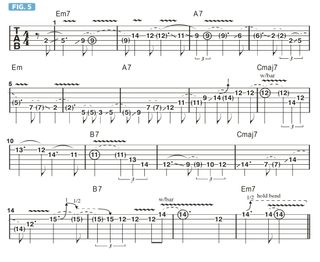
Figure 5 offers a 16-bar solo over Em7 - A7 (2x) - Cmaj7 - B7 (2x), with a final resolution back to the tonic chord, Em7.
Get The Pick Newsletter
All the latest guitar news, interviews, lessons, reviews, deals and more, direct to your inbox!
Andy Timmons is a world-renowned guitarist known for his work with the Andy Timmons Band, as well as Danger Danger and Simon Phillips.



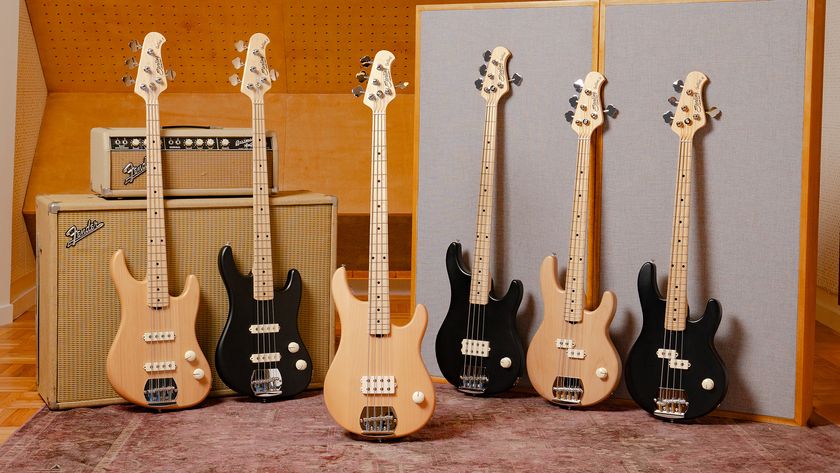
![Joe Bonamassa [left] wears a deep blue suit and polka-dotted shirt and plays his green refin Strat; the late Irish blues legend Rory Gallagher [right] screams and inflicts some punishment on his heavily worn number one Stratocaster.](https://cdn.mos.cms.futurecdn.net/cw28h7UBcTVfTLs7p7eiLe-840-80.jpg)






